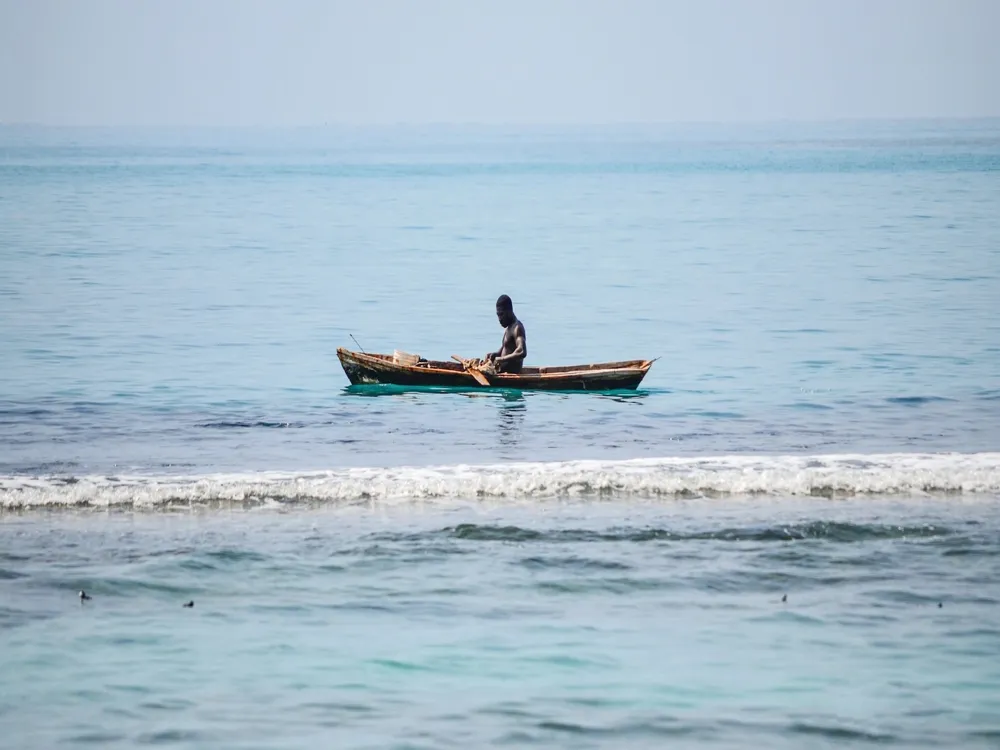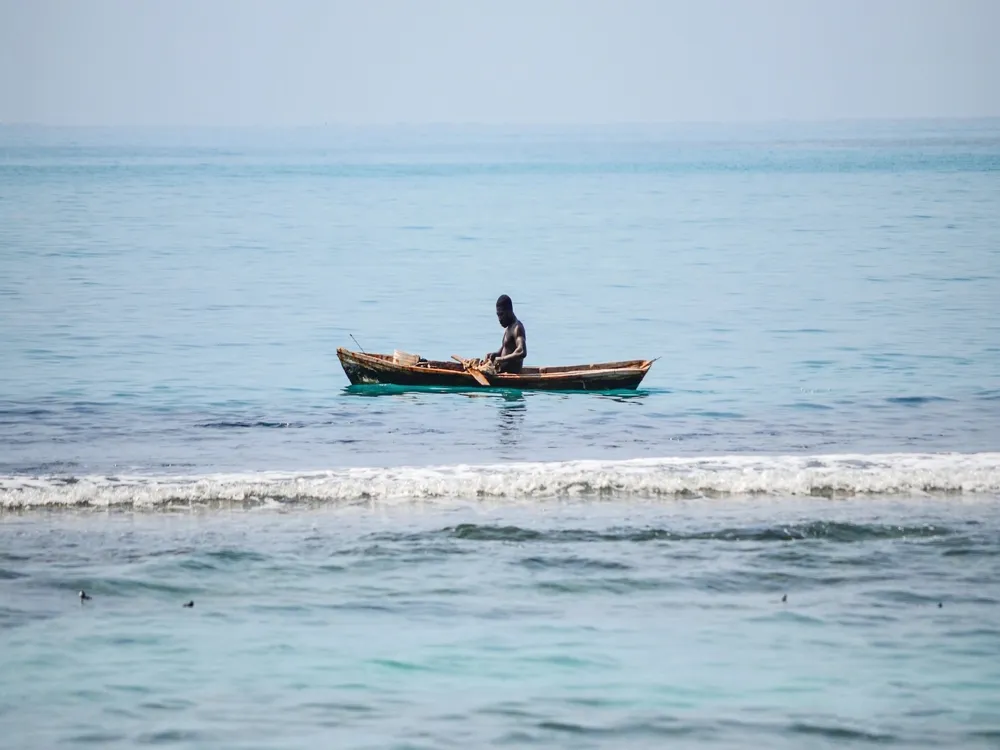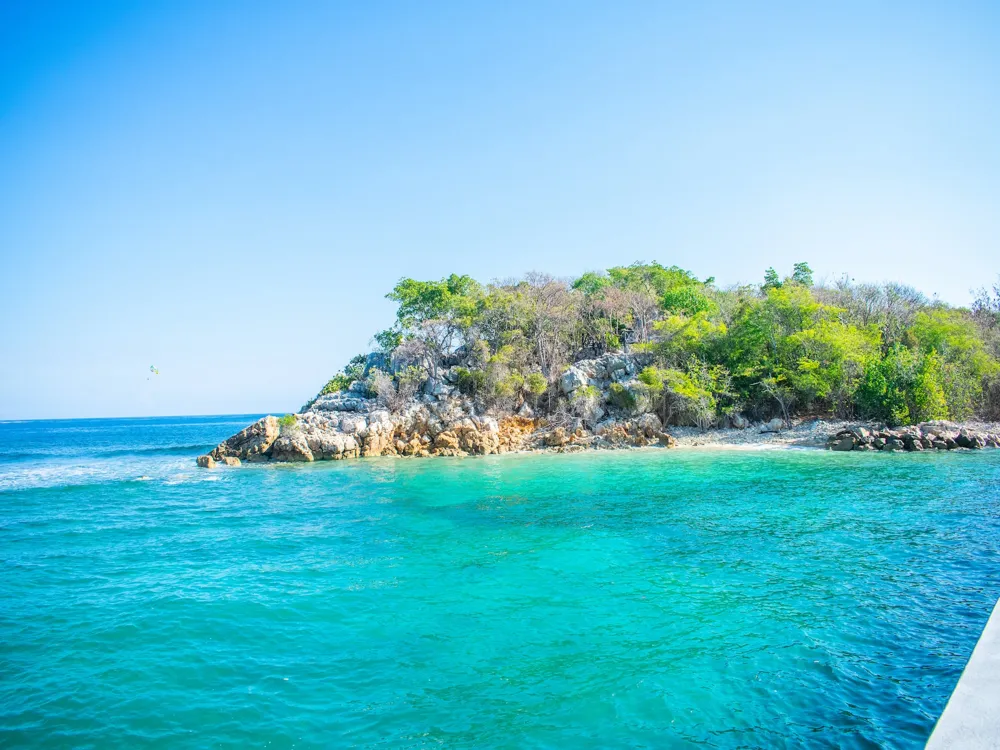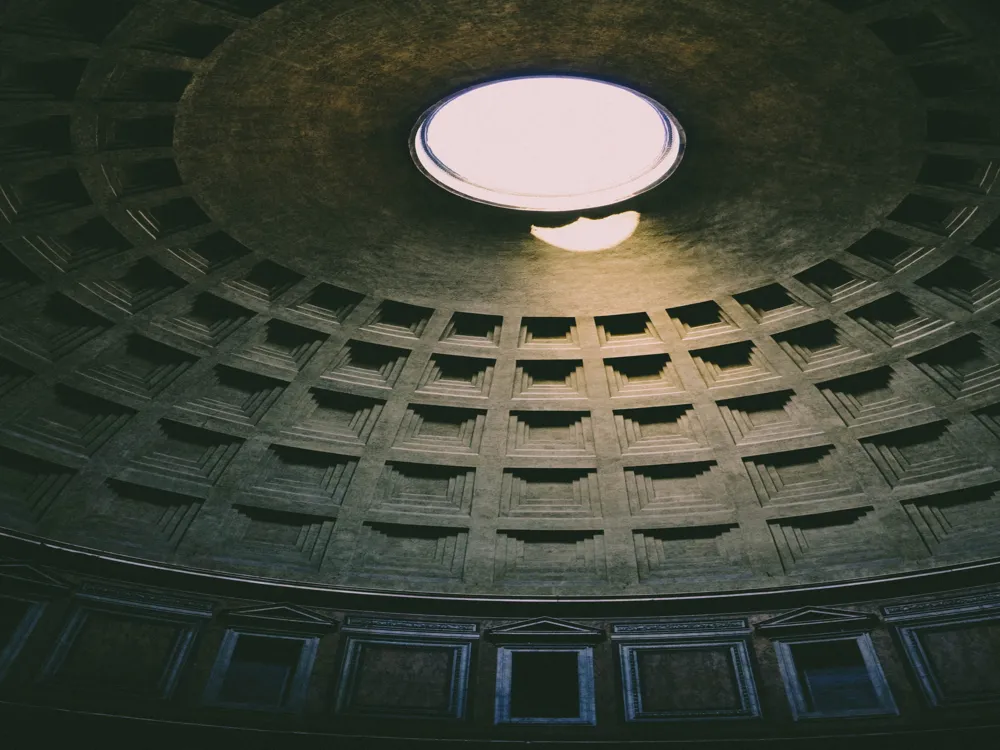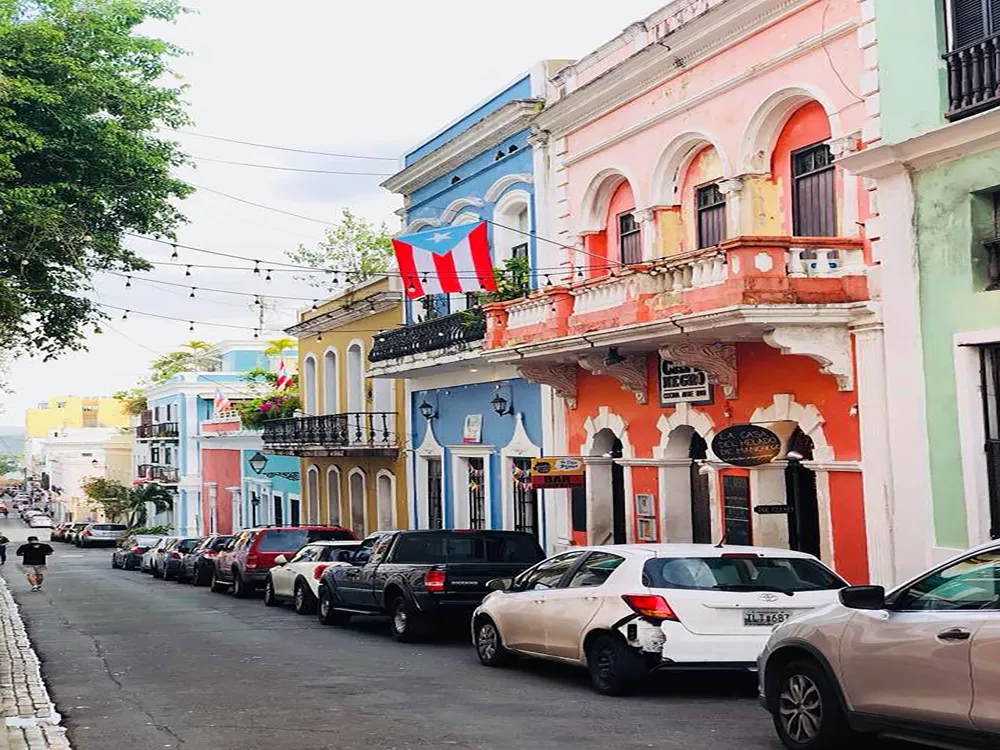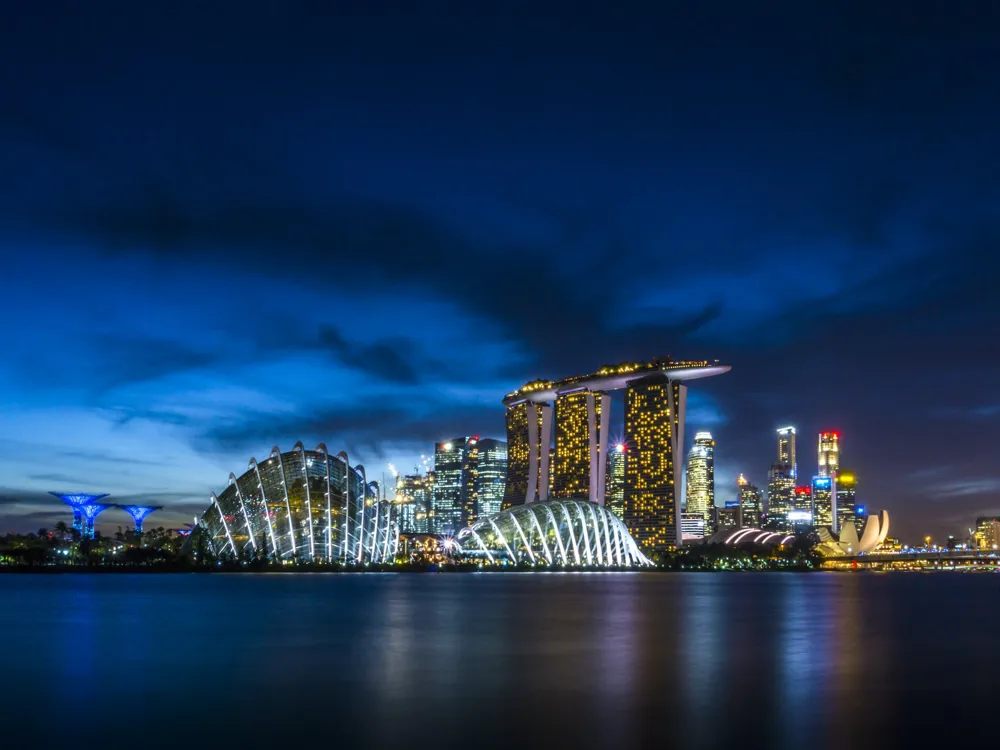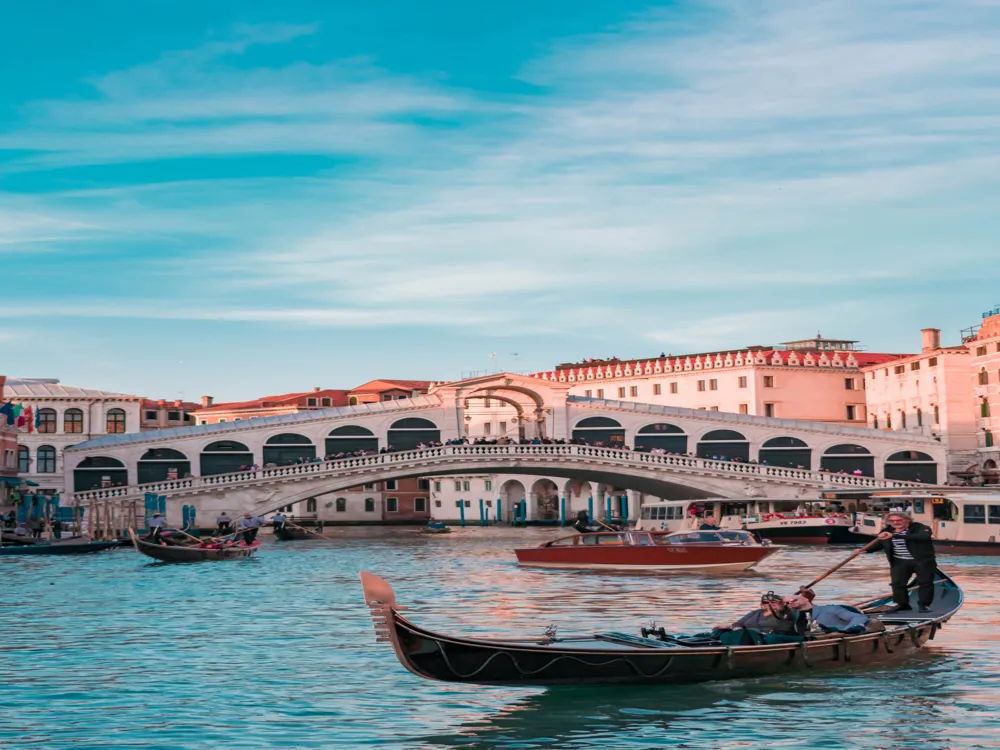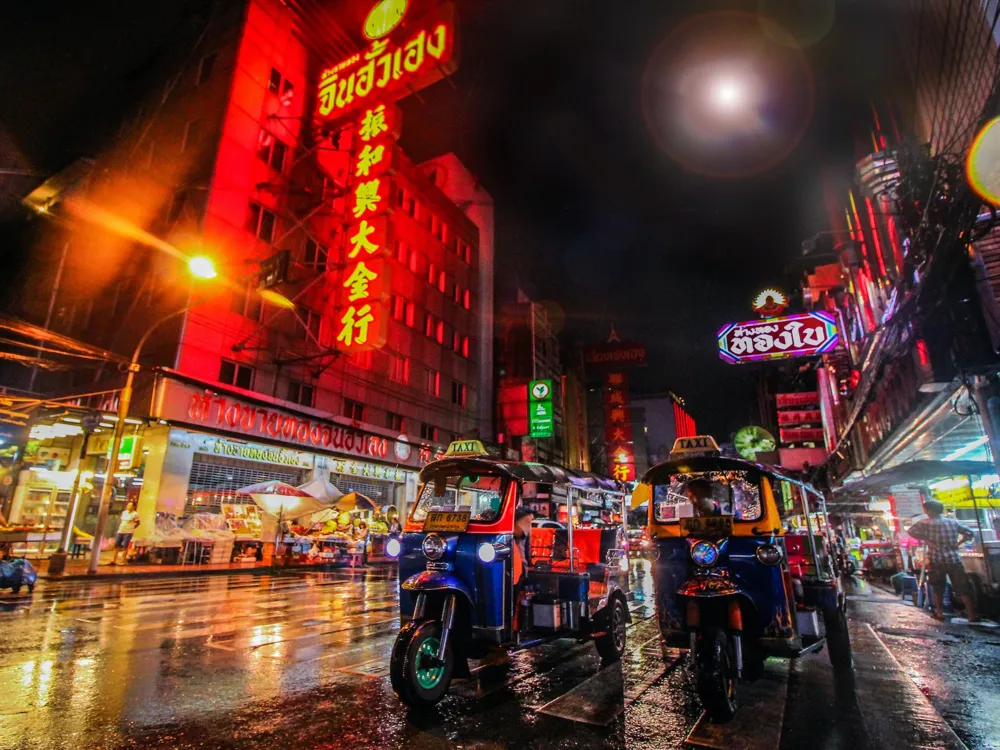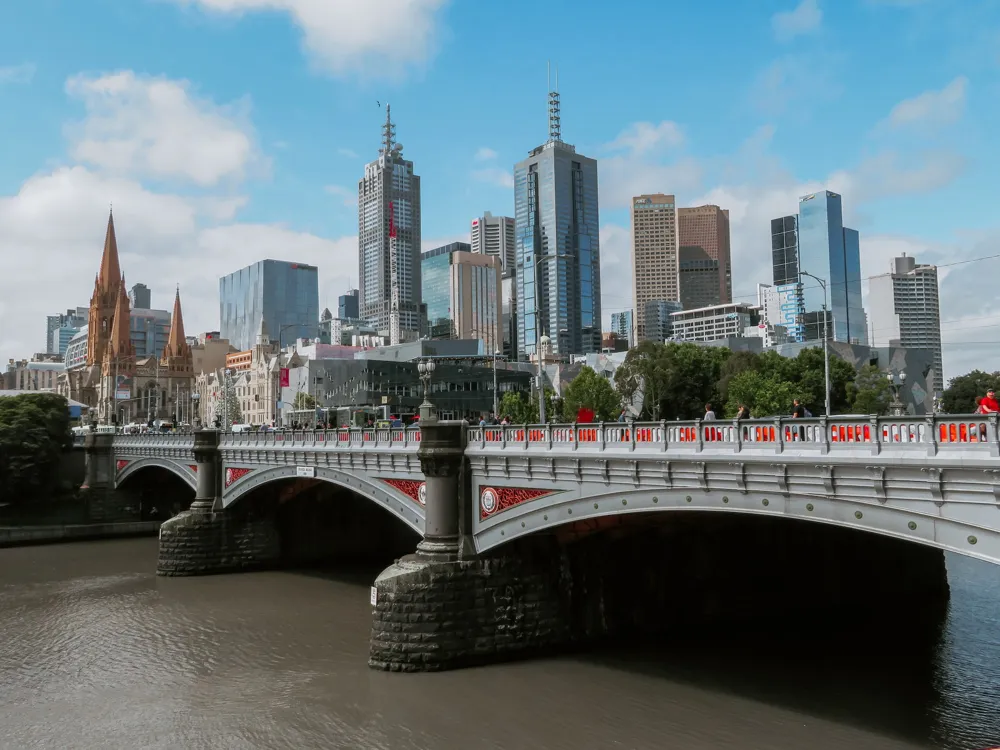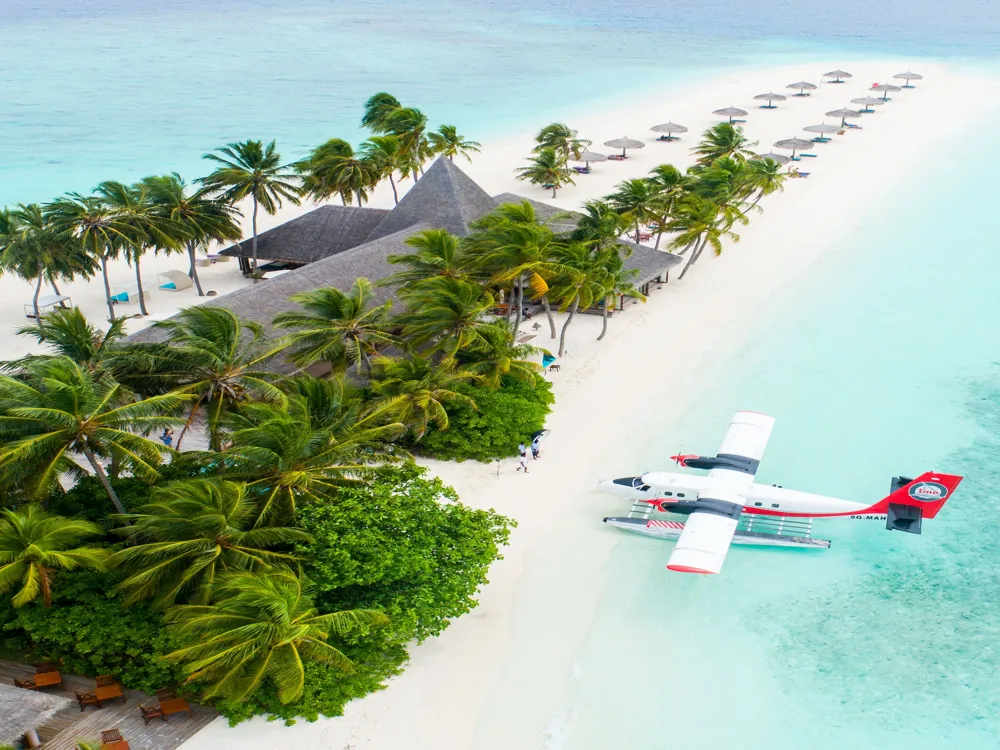Haiti, a vibrant and culturally rich Caribbean nation, is located on the western part of the island of Hispaniola, sharing it with the Dominican Republic. With a history marked by resilience, Haiti was the first Black republic to gain independence in 1804. Despite facing challenges such as political instability, natural disasters, and economic difficulties, Haiti's spirit remains unbroken, evident in its colorful culture, music, and arts.
The landscape of Haiti is diverse, encompassing mountains, valleys, and coastal plains, with a tropical climate that nurtures a rich biodiversity. Its capital, Port-au-Prince, is a bustling city reflecting a blend of modernity and traditional heritage. The Haitian people are known for their warm hospitality and deep-rooted traditions, often seen in their celebrations and festivals which display a fusion of African, Taino, and European influences.
Haiti's cuisine is a testament to its cultural melting pot, offering a unique blend of flavors and spices. Dishes like griot (fried pork), rice and beans, and pikliz (spicy pickled vegetables) are staples. The arts scene in Haiti is equally vibrant, with globally recognized Haitian paintings and sculptures that often depict historical and daily life themes. Moreover, Haiti's historical significance is profound, with landmarks such as the Citadelle Laferrière, a UNESCO World Heritage Site, standing as a symbol of freedom and resilience.
Economically, Haiti has faced challenges, but it is working towards sustainable development and growth. The country is gradually becoming a destination for ecotourism, offering unspoiled natural beauty and opportunities for cultural immersion. Despite its struggles, Haiti's rich culture, stunning landscapes, and the resilience of its people make it a unique and compelling destination.
Haitian architecture is a rich tapestry reflecting the country's historical and cultural evolution. From the indigenous Taino structures to the French colonial influences, each era has left an indelible mark on Haiti's architectural landscape. The most prominent architectural styles include the Gingerbread Houses, a unique Haitian adaptation of the Victorian style, characterized by intricate woodwork, vibrant colors, and high-pitched roofs.
These Gingerbread Houses, predominantly found in Port-au-Prince, are not just aesthetically pleasing but also practical, designed to withstand the tropical climate and earthquakes. Another architectural marvel is the Citadelle Laferrière, a fortress perched atop a mountain, symbolizing Haiti's strength and resilience. This massive structure, built by thousands of freed slaves, is a testament to Haiti's struggle for independence and is a UNESCO World Heritage Site.
In rural areas, the traditional Haitian architecture is simpler, often featuring houses made from wattle and daub, with thatched roofs. These structures, while modest, are a reflection of the resourcefulness of the Haitian people, using locally available materials to create homes that are suited to their environment.
Contemporary Haitian architecture, while drawing from its rich heritage, is evolving to meet modern needs. Post-earthquake reconstruction efforts have led to innovative designs that are both sustainable and resilient. This new wave of architecture aims to not only rebuild structures but also to revitalize Haitian communities, preserving their cultural identity while adapting to contemporary challenges.
Ensure you have a valid passport and check if you need a visa to enter Haiti. It's also advisable to have copies of your important documents in case of emergencies.
Consult with a travel health specialist for any vaccinations required and carry a basic first aid kit. Be aware of your surroundings, especially in crowded areas, and consider travel insurance for added security.
Respect local customs and traditions. Dress modestly and be sensitive to cultural nuances, especially in rural and religious settings.
The primary languages are Haitian Creole and French. Learning a few basic phrases in these languages can greatly enhance your experience and interaction with locals.
Don’t miss out on the local Haitian cuisine. Be adventurous but also cautious about street food, and always drink bottled or purified water.
Public transportation is available, but renting a car or using taxis is recommended for convenience and safety. Always agree on fares in advance.
Overview of Haiti
Architecture of Haiti
Tips When Visiting Haiti
Travel Documentation
Health and Safety
Cultural Sensitivity
Language
Local Cuisine
Transportation
Sans Souci Palace
Haiti
NaN onwards
View haiti Packages
Haiti Travel Packages
View All Packages For Haiti
Top Hotel Collections for Haiti

Private Pool

Luxury Hotels

5-Star Hotels

Pet Friendly
Top Hotels Near Haiti
Other Top Ranking Places In Haiti
View All Places To Visit In haiti
View haiti Packages
Haiti Travel Packages
View All Packages For Haiti
Top Hotel Collections for Haiti

Private Pool

Luxury Hotels

5-Star Hotels

Pet Friendly







